News

Researchers develop state-of-the-art device to make artificial intelligence more energy efficient
Posted
Engineering researchers at the University of Minnesota Twin Cities have demonstrated a state-of-the-art hardware device that could reduce energy consumption for artificial intelligent (AI) computing applications by a factor of at least 1,000.

Energy drink: What can you do with wastewater from brewing beer?
Posted
Paige Novak, head of the Department of Civil, Environmental, and Geo- Engineering at the University of Minnesota, and her team are exploring whether the carbon in a brewery's wastewater could be recovered and turned into something useful.

Study finds metformin reduces COVID-19 viral load, viral rebound
Posted
A team of University of Minnesota doctors and engineers found that metformin, a drug commonly used to treat diabetes, can decrease the amount of COVID-19 virus in the body and lower the chances of the virus coming back strongly after initial treatment.
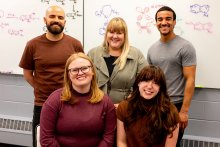
Researchers create new chemical compound to solve 120-year-old problem
Posted
For the first time, chemists in the University of Minnesota Twin Cities College of Science and Engineering have created a highly reactive chemical compound that has eluded scientists for more than 120 years.
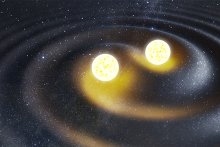
Researchers advance detection of gravitational waves to study collisions of neutron stars and black holes
Posted
Researchers at the University of Minnesota Twin Cities College of Science and Engineering co-led a new study by an international team that will improve the detection of gravitational waves.
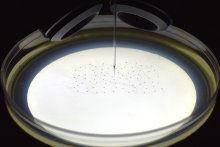
Automated machine learning robot unlocks new potential for genetics research
Posted
University of Minnesota Twin Cities researchers have constructed a robot that uses machine learning to fully automate a complicated microinjection process used in genetic research.

U of M researchers lead NASA’s first solar flare observation campaign
Posted
For the first time, a team of researchers from the University of Minnesota Twin Cities launched a sounding rocket to study solar flares in real time.
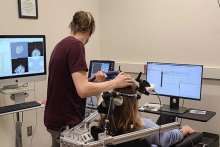
New study reveals breakthrough in understanding brain stimulation therapies
Posted
For the first time, researchers at the University of Minnesota Twin Cities showed that non-invasive brain stimulation can change a specific brain mechanism that is directly related to human behavior.
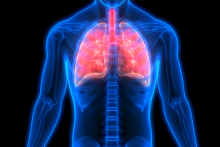
Study provides new insights into deadly acute respiratory distress syndrome (ARDS)
Posted
Researchers at the University of Minnesota Twin Cities may have discovered a mechanical explanation for instability observed in the lungs in cases of acute respiratory distress syndrome (ARDS), particularly in the aftermath of respiratory illnesses such as COVID-19 or pneumonia.

New study is first step in predicting carbon emissions in agriculture
Posted
For the first time, researchers at the University of Minnesota Twin Cities (UMN) and the University of Illinois Urbana-Champaign (UIUC) have demonstrated that it is possible to provide accurate, high-resolution predictions of carbon cycles in agroecosystems, which could help mitigate the impacts of climate change.
